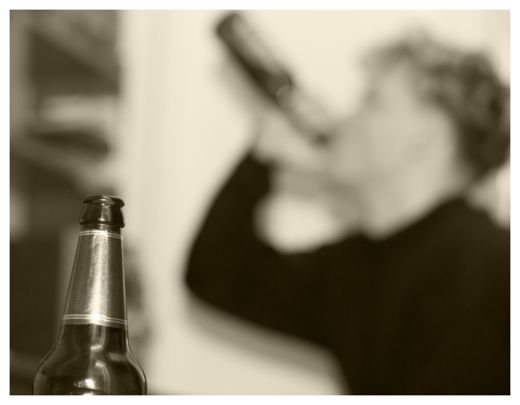
© schankz/ShutterstockOverconsumption of alcohol has multiple negative health effects on different parts of your body. It can create havoc in your brain, heart, liver, pancreas and immune system
In prehistoric Eurasia, drugs and alcohol were originally reserved for ritual ceremonies, and weren't used merely to satisfy hedonistic motives, a new study suggests. What's more, given the sacred role of the substances, their use was likely highly regulated and only available to elite citizens.
Many Eurasian cultures are known to have an ancient history with psychoactive substances, as evidenced by
early written documents. The Greek historian Herodotus, for example, once described the Scythians' (Iranian equestrian tribes) post-funeral purification ceremony involving hemp, which dates back to the fifth century B.C.
But written records aren't the only indication of early drug and alcohol use.
"It is generally thought that mind-altering substances, or at least drugs, are a modern-day issue, but if we look at the archaeological record of prehistoric Europe, there are many data supporting their consumption," said study author Elisa Guerra-Doce, a prehistory expert at the University of Valladolid in Spain.
"Apart from the presence of macrofossil remains of plants with these [mind-altering] properties, there are artistic depictions of opium poppies, for instance, and some designs in megalithic tombs may have been inspired by
altered states of consciousness."
Despite numerous indications, archaeologists have largely overlooked the use of mind-altering substances in Eurasian prehistory. So Guerra-Doce decided to sort through the scarce and scattered information in the scientific literature, in hopes of gaining a better understanding of the history and context of ancient drug and alcohol use.
She reviewed four lines of evidence: macrofossil remains of
psychoactive plants, residues from fermented alcoholic drinks, psychoactive alkaloids (chemical compounds) on artifacts and skeletal remains, and artistic depictions of psychoactive plants and drinking scenes.
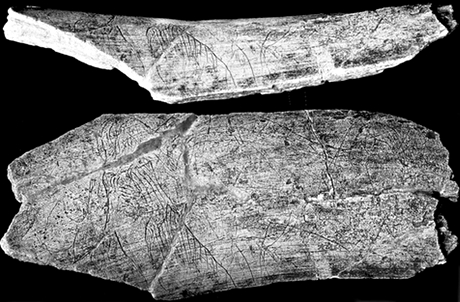
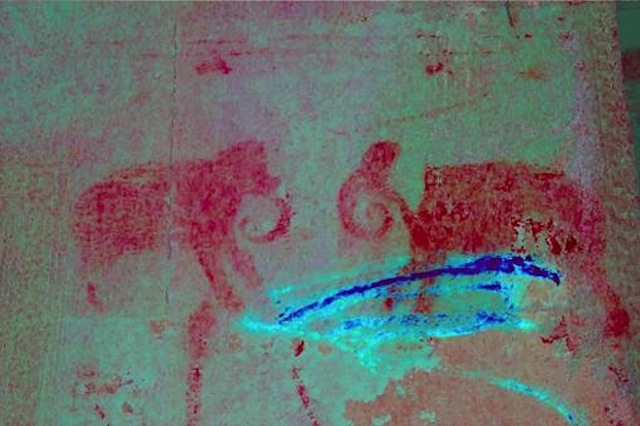

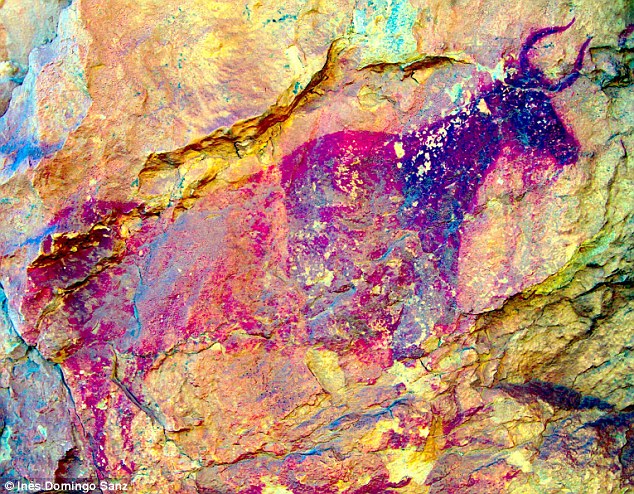
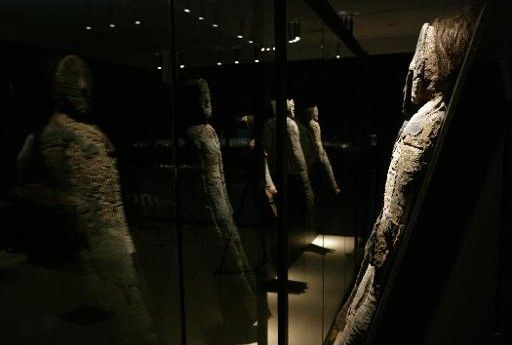
Comment: Intelligence officers confirm Kissinger role in Turkish invasion of Cyprus and Chilean coup